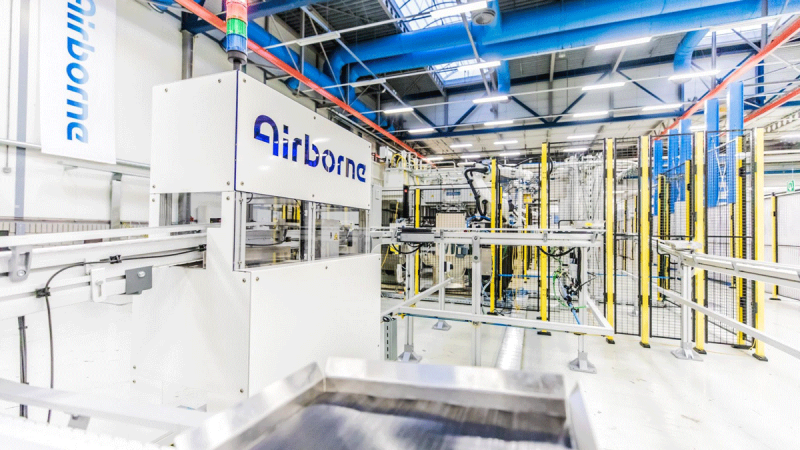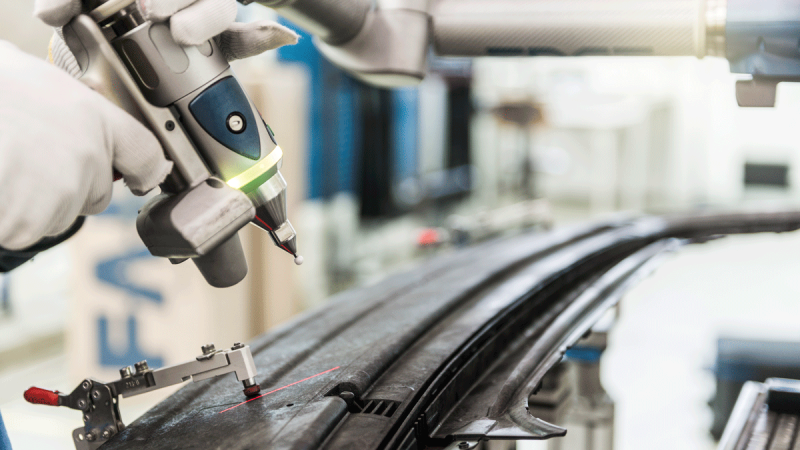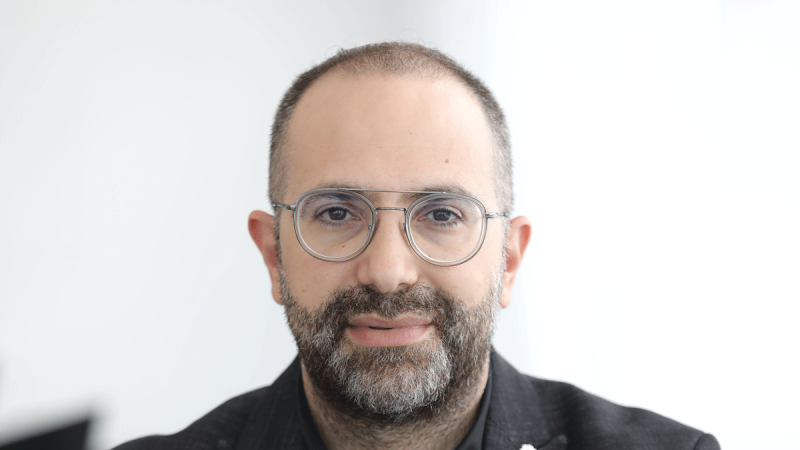We are undergoing a boom period in the automation industry – robotics and AI-driven solutions are finding their way into every conceivable sector. But that does not mean that process happens painlessly or, ironically, automatically. Fourier Intelligence, for instance, is bringing machine-led solutions to the physical rehabilitation sector. Entering this sector has meant engaging with a whole range of engineering, design, and patient-engagement challenges, but behind all of those has been a single, industry-wide challenge that Fourier Intelligence has sought to engage with from the outset.
“It is important to understand the pain points and problem statements of our industry,” says Zen Koh, Global CEO of Fourier Intelligence. “Our industry is new, there are many innovative solutions being commercialised from universities and clinics and that is good. However, it is also not ideal because these spin-offs are not big companies. They offer piecemeal, fragmented solutions.”
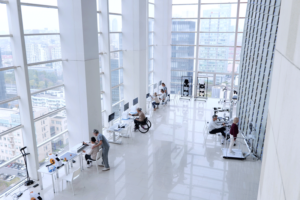 A Holistic Platform
A Holistic Platform
Koh compares the state of the sector to purchasing a home computer by buying a hard disk, CPU, keyboard and monitor separately, then writing your own operating system. There are certainly specialists and hobbyists who would do this, but most of us would rather buy a pre-installed laptop and get to work.
But when Fourier Intelligence entered the market, the equivalent of that latter solution did not exist yet.
“It is a very challenging case for clinicians,” Koh tells us.
Fourier Intelligence’s vision was to create a platform to integrate these various cutting-edge solutions into a single clinical pathway for robotic and automated rehabilitation tools – the equivalent of a platform like Android or iPhone that other developers can plug into. The company has developed a truly collaborative model that can integrate AI, robotics, and virtual reality on an open-source open-platform system it calls “the RehabHub™”, which it is developing into an ecosystem that other companies can work with and develop technologies for.
“This ecosystem encourages collaboration, bridging the gaps between technologies and allowing for the provision of human-centric care,” Koh points out. “It means we are meeting this challenge not in a piecemeal fashion, but by working together as an industry.”
Ultimately, Fourier Intelligence is not only a product-based company, but the provider of a potentially industry-wide holistic solution.
Building the Team
This journey began in 2015, with a crew of engineers, researchers and clinicians who came together to look at how robotics could solve clinical challenges in the field of neurorehabilitation.
At first glance, rehabilitation might seem like an odd place to introduce robotics. Physical rehabilitation has always been incredibly human-centred and driven, as Koh is the first to acknowledge.
“Rehabilitation is all about function and getting patients involved, and it is based on personal needs and physical touch during therapies,” Koh shares. “But the sheer backlog of clinicians workload means that research has shown patients spend 80% of their time waiting to receive an appointment.”
Fourier sought to bring down waiting times and ensure patients spent more of their time receiving the therapies they needed.
“We decided that robotics and automation technologies can assist clinicians in doing their job better,” Koh says. “We develop innovative and clinically relevant solutions, using robotics and AI, developed for extremities, movement, and balance. We have now been recognised as a leading provider of rehabilitative solutions.”
Fourier Intelligence’s team of engineers, researchers and clinicians has achieved this not only through mutual collaboration within the team but also through partnerships with a global network of researchers, businesses and learning establishments to chart a new frontier of innovative medical technologies.
These strategic partners include a joint laboratory with the University of Melbourne, Shirley Ryan AbilityLab, the KITE University Health Network, and the Singapore National Healthcare Group. Through this network, Fourier Intelligence is able to collaborate on the testing of new technologies through clinical trials, and the introduction of new advanced features.
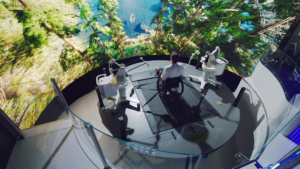 Guiding the Way
Guiding the Way
In 2015 Fourier Intelligence started out with a strong vision, but realising that vision was another matter entirely. Understandably, new solutions in the medical sector have a high bar to clear, and Fourier’s goal was not just to provide a new solution, but a new platform for solutions.
“When we started, I had already been in the sector for more than 20 years. I have always been working on this technology, but when I started Fourier, we were the new kids on the block,” Koh recalls. “We had to gain traction and recognition in a highly competitive medical device sector.”
Creating an ecosystem of the kind that Fourier Intelligence envisioned required influence, leadership, and trust, so the company had to build a solid foundation of trust and credibility before it moved forward.
“We had to walk the talk, deliver reliable products, sell to respected institutions and showcase our solutions,” Koh says. “We developed fusion between technologies and built trust in the industry. That allowed us to gain market leadership and achieve our vision.”
That trust also proved vital in gaining the investment and funding necessary to take Fourier Intelligence to where it needed to be. The company found funding through a combination of government grants, subsidies, and major investors.
“Our vision won over the confidence and trust of major investors,” Koh says. “They were convinced that we would be the ones to consolidate the market. That allowed us to promote and revitalise the entire industry.”
But from the beginning, Fourier Intelligence has always relied on the talent of its people, and renewing and maintaining that talent pool is key to Fourier’s work.
“We need to attract the best talent to support our development and growth,” Koh says. “This team of professionals shares our passion and to maintain that we implement an aggressive recruitment strategy while creating a culture where talent can be put to good use. People can grow with us.”
Companies exist to be profitable, but Koh does not think profit alone should be Fourier’s guiding star.
“Being only commercially driven may not always be the right thing to do,” he considers. “You have to balance the commercial needs of the business with the human touch. A company can only be successful if they have a good team. They are our greatest asset. As CEO, I cannot be everywhere, so I need a team that internalises our culture and represents the company.”
For Koh, that culture is intrinsically tied to his own background as an engineer.
“I always want to be at the forefront of technology, offering the most innovative solutions and on the lookout for technology that we can integrate into our field,” Koh says. “We get our hands dirty and understand these technologies and how they can be integrated into the healthcare sector. We harness cutting-edge technology but never forget the reason is to enhance patient outcomes.”
Koh expects those patient outcomes to increase dramatically over the next five years, with what he calls “Rehabilitation 4.0” entering the mainstream.
“As an engineer, we tend to get crazy about the latest technology,” Koh says. “But we need to stay focused. Our core identity is in healthcare. We have witnessed remarkable advancement in recent years, thanks to collaborative efforts between medical experts and engineers. We want to continue that and make rehabilitation robotics and technology mainstream. Not a good-to-have, but a must-have for institutions.”




